
With camera in hand, Ben Norsa has been collecting stories and capturing images of nature, whilst navigating untracked terrain in pristine Australian landscapes. His nature photography collection comes from long hikes with a small group of adventurers in truly wild places, where it is unusual to see another soul in 6 or 7 days. Climbing and trekking whilst lugging over 25kg of medium format camera gear and necessities, in sometimes extreme weather is tough going. The rewards, however, are life changing and Ben is on a mission to capture this via fine art photography.
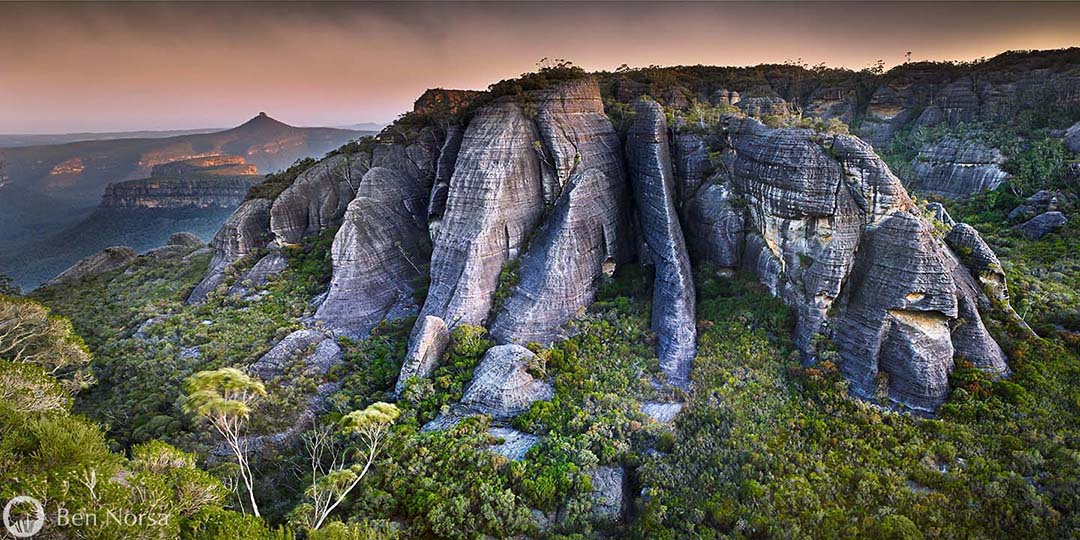
© Ben Norsa
Let’s start in the beginning with a brief bit of history. Where in Australia do you live, and how did you get into landscape photography?
I live on the northern beaches of Sydney Australia, which is a coast line of many golden sand beaches just north of Sydney Harbour. My love of photography was passed on from my grandfather who in the 50s and 60s was a noted documentary cinematographer – his footage can now be found in the Australian archives. I used to go on shoots with him as a small child and marvel at his work in the darkroom. I got my first camera when I was 10; a Polaroid Instamatic. When I was 14 I won a raffle and bought myself a B&W development kit, which was quickly followed up with an enlarger, paper, chemicals etc. Around this time I bought my first SLR, a second hand Pentax. As I was also interested in adventure in the wild – landscape photography was an inevitable outcome.
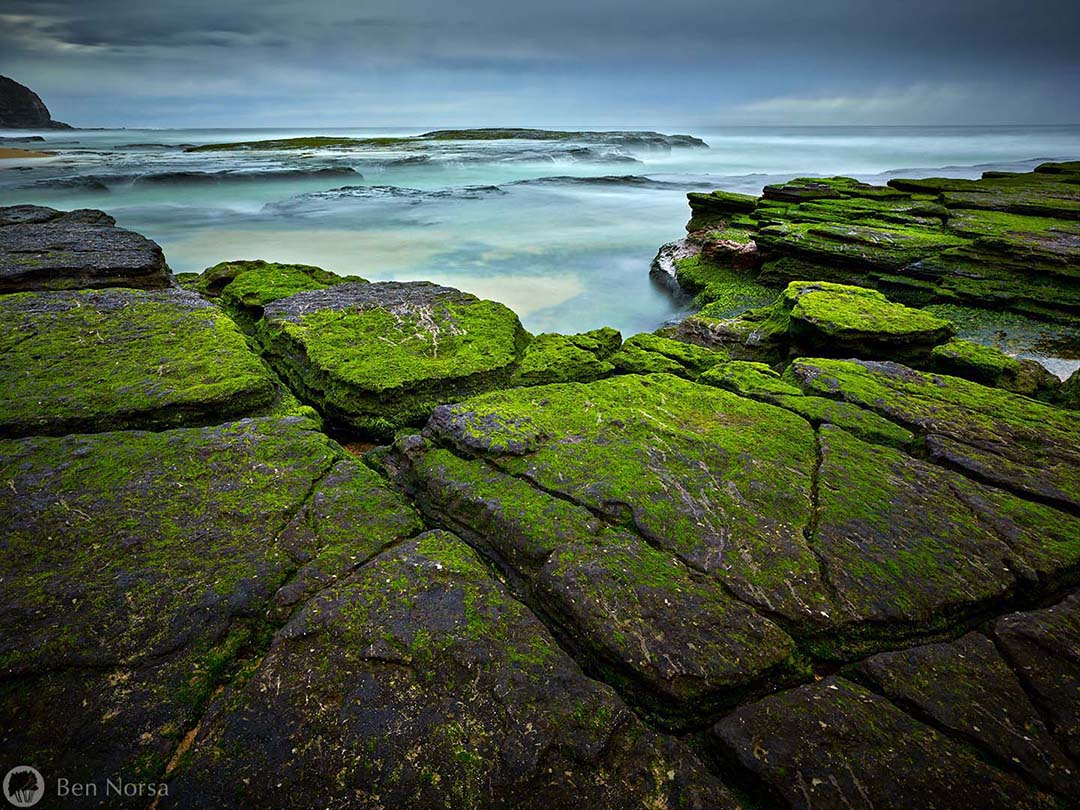
© Ben Norsa
Can you walk us through your initial transition into medium format? How has medium format digital changed your work?
My initial transition to medium format was whilst I was still shooting film (predominantly Provia). I was driven by the desire for better quality large prints and 35mm just wasn’t cutting it. This would only come from having more film real estate. So I purchased a second hand Phase One AFD with a film back and some older lenses. I noticed an immediate improvement in the quality of my work. This was not just technical – it was a big step up in subject and composition. To this day I struggle to explain why.
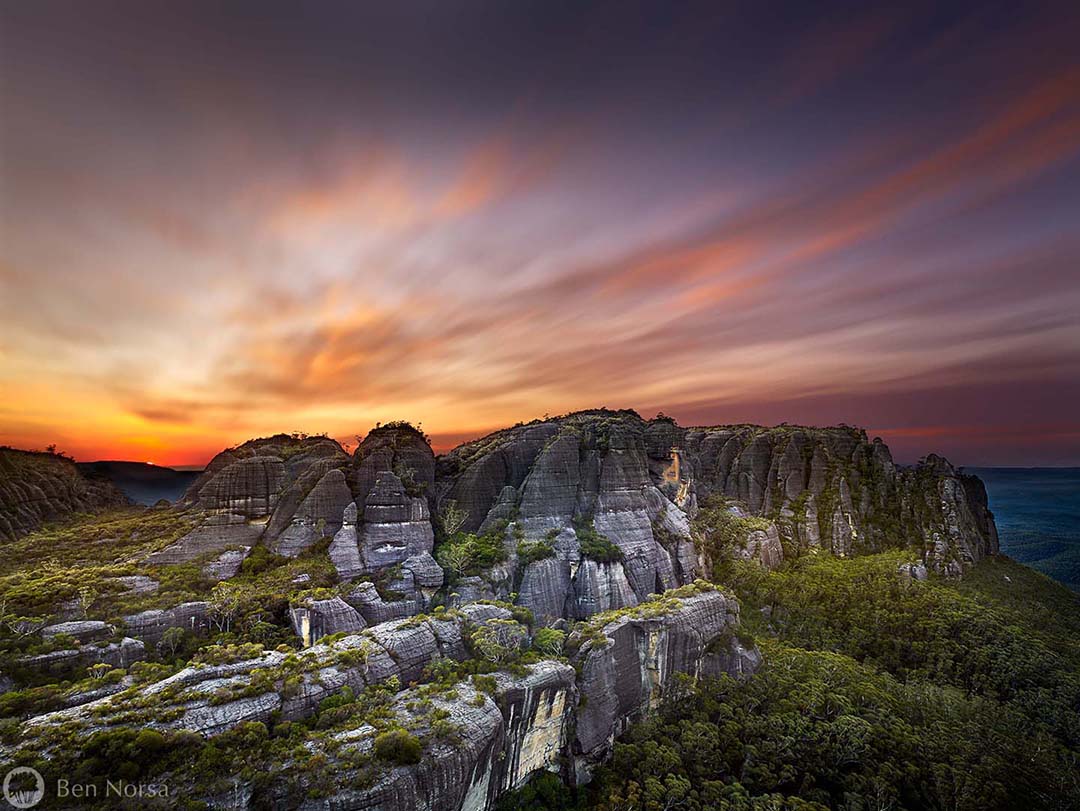
© Ben Norsa
You have shot with both the Phase One 645 and Cambo technical camera systems. Tell us about the progression in working with the Cambo system. Why did you choose to shoot with a technical camera?
The Phase One AFD was a brilliant introduction to both the tangible and intangible benefits of medium format. However, the move to a technical camera system with a digital back completely changed my approach to wilderness photography and the accompanying step up of my work.
For starters, I do not use a viewfinder but rather the old school viewfinder cards. This enabled me to think more about my subject and how to best capture it without the tunnel vision of a viewfinder. At first, this was a little weird – but it is surprising how quickly you become comfortable with the viewing angle and hyper focal distance of your lenses.
Secondly, the ability to shift and tilt has opened up all sorts of possibilities to control depth of field and flawless stitching for panos.
Lastly, having a digital back generating 16-bit files and technical lenses is a massive step up in quality, and the immediate feedback on the image gives me confidence that I have the shot.
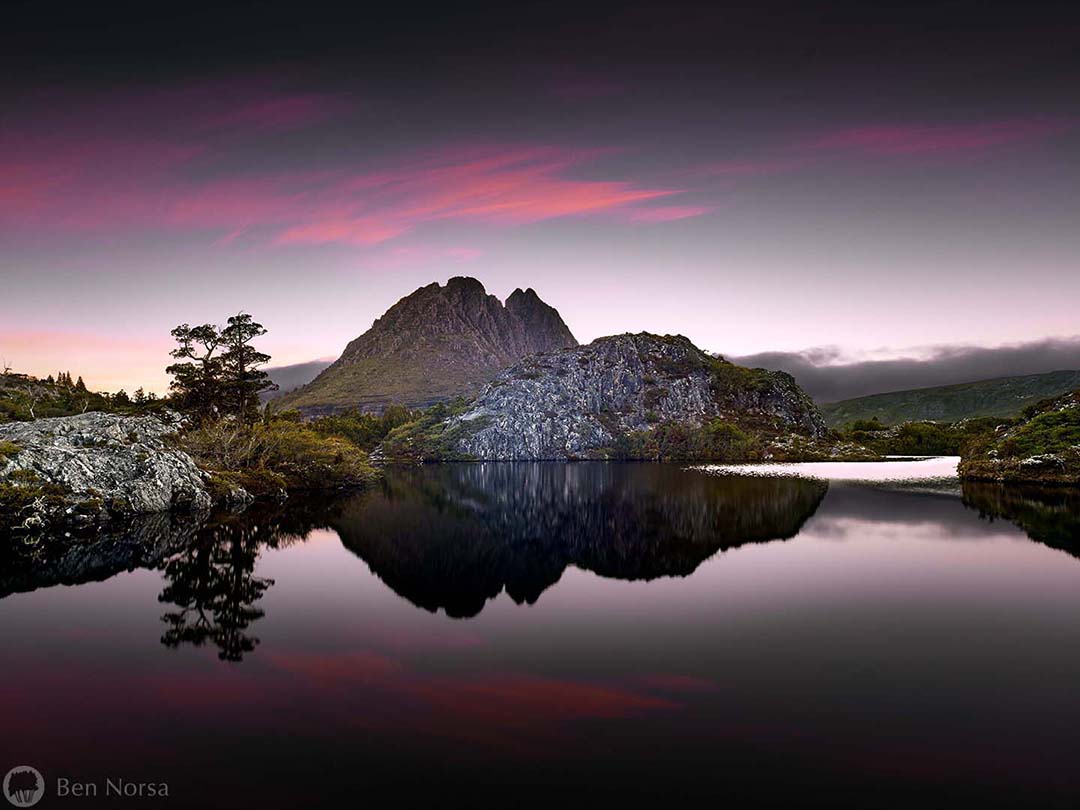
© Ben Norsa
Why Capture Integration? What made you choose us?
I travel a fair bit so I could have bought my system from anywhere in the world. However I chose Capture Integration solely on the basis of a conversation I had with Dave Gallagher, who immediately understood where I was coming from. I needed a set up that was lightweight (for multi-day hikes) and I like to work as quickly as possible so that I don’t miss the moment. Dave did not try to over sell to me and recommended the Cambo RC400 over other technical cameras because it is so easy to use and lightweight. He also recommended the Phase One P45+ digital back due to its long battery life (therefore less weight), long exposure capability and a more palatable price point.
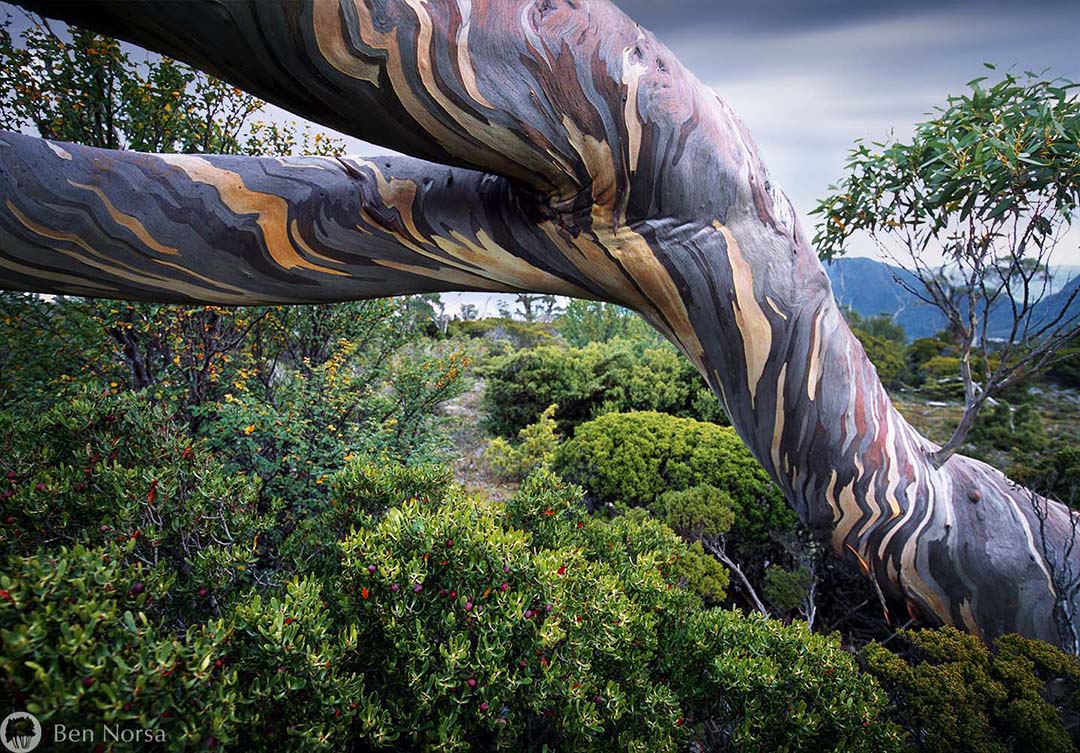
© Ben Norsa
Can you share more information about your use of filters? Most landscape shooters seem to have a strong preference or approach when using filters. Can you elaborate on the use of filters in your workflow?
Other than a center filter for my 28mm lens, I only use straight 4×4 ND filters and LCC. Again weight is crucial for me so I need to limit what I carry and usually and ND will see me through just about any scenario.
Editor’s Note: Check out the Capture Integration Filter Solution page, a comprehensive guide for step-up rings, holders, adapters, etc.
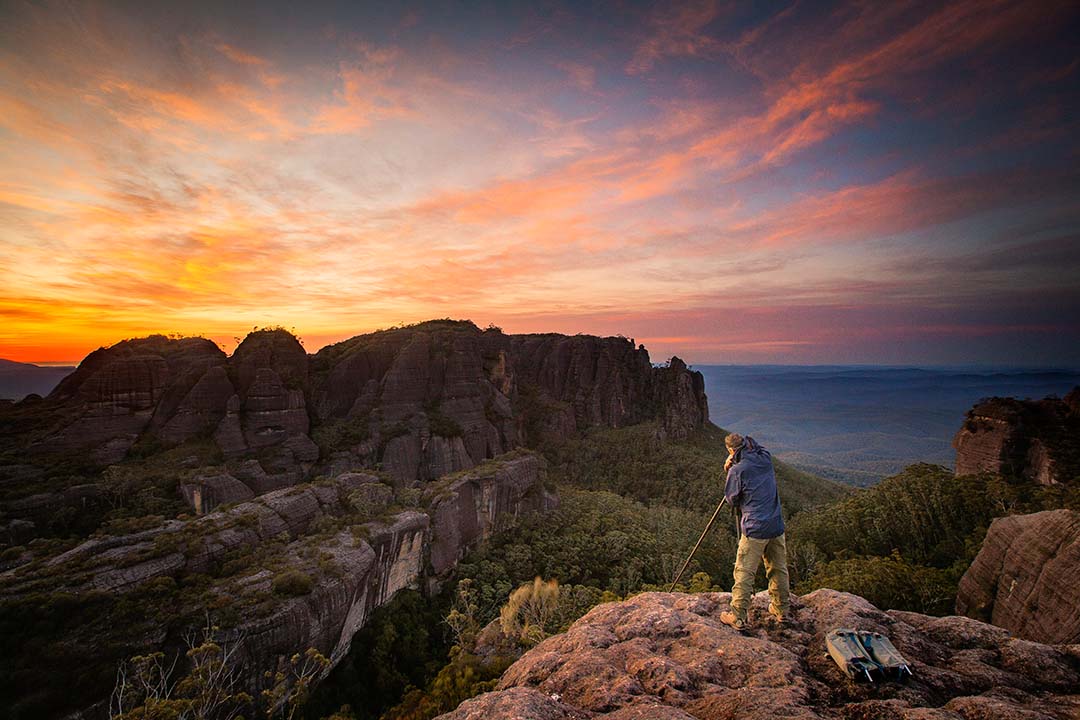
© Thurston Photo
What’s currently in your camera bag? What are you shooting with, what are the go to hiking essentials?
- Cambo RC400 – a lightweight shift camera
- Phase One P45+ Digital Back
- Rodenstock HR28 with Cambo T/S and center filter – a not so light weight awesome lens, 80% of my keepers are taken with this.
- Schneider XL47 with Cambo T/S – a stellar mid-wide at a reasonable price point which has an excellent image circle to support big shifts for wide panoramics.
- Schneider XL80 – great all-round lens that supports a decent amount of shift.
- Benro carbon fiber tripod with ball head
- ND 2.1, ND 1.2 and LCC
- Lightweight viewfinder cards to support various aspect ratios
- Shutter release cable
- Laminated tilt and DOF tables
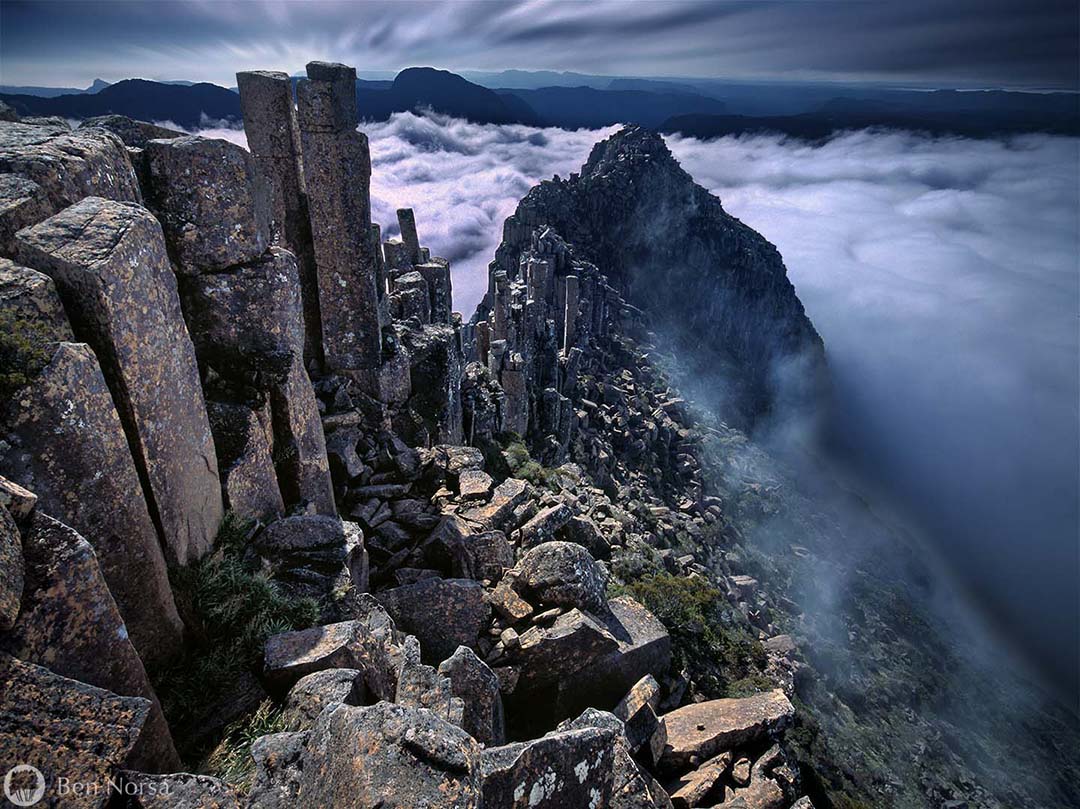
© Ben Norsa
Australia is filled with so many incredible locations for landscape photography. What are your most memorable Australian shooting locations? Can you share one “dream location” that you would like to check off your landscape bucket-list?
There are many incredible locations in Australia. The dream location for me is somewhere that is pristine, interesting and rarely (if ever) photographed, which means wild and remote. This is likely to be in south west Tasmania or central Australia (the latter I am yet to get to, so it is definitely on the bucket list).
My most memorable location to date is The Acropolis, a 4,000 feet high spire of Dolomite columns in the Du Cane Range in the 1.6 million hectare Tasmanian World Heritage Area. To get there involves a day’s hike through button grass plains, followed by a steep ascent through old growth rainforests, a traverse along a spectacular plateau of snow gums, Pandanus trees and King Billy Pines culminating in a climb up heavily lichened Dolomite pillars. Once on the summit, you will be greeted by one of the most breathtaking wilderness views on earth.
On the morning I summited there was a heavy fog which we broke through to eventually marvel at a 360 degree view of many of the peaks in the Central Plateau region, perfectly framed by a thick blanket of cloud below.
Another favorite location of mine is The Budawangs, a region of pristine wilderness in NSW, with deep gorges, flat-topped mountain islands protected by rocky ramparts and untouched forests and creeks. It has a “Lost World” quality.
Next would be the Western Arthur Range in south west Tasmania, also world heritage. It is without a doubt Australia’s most spectacular mountain range… and yet I would be surprised if more than a few hundred people would see it each year.
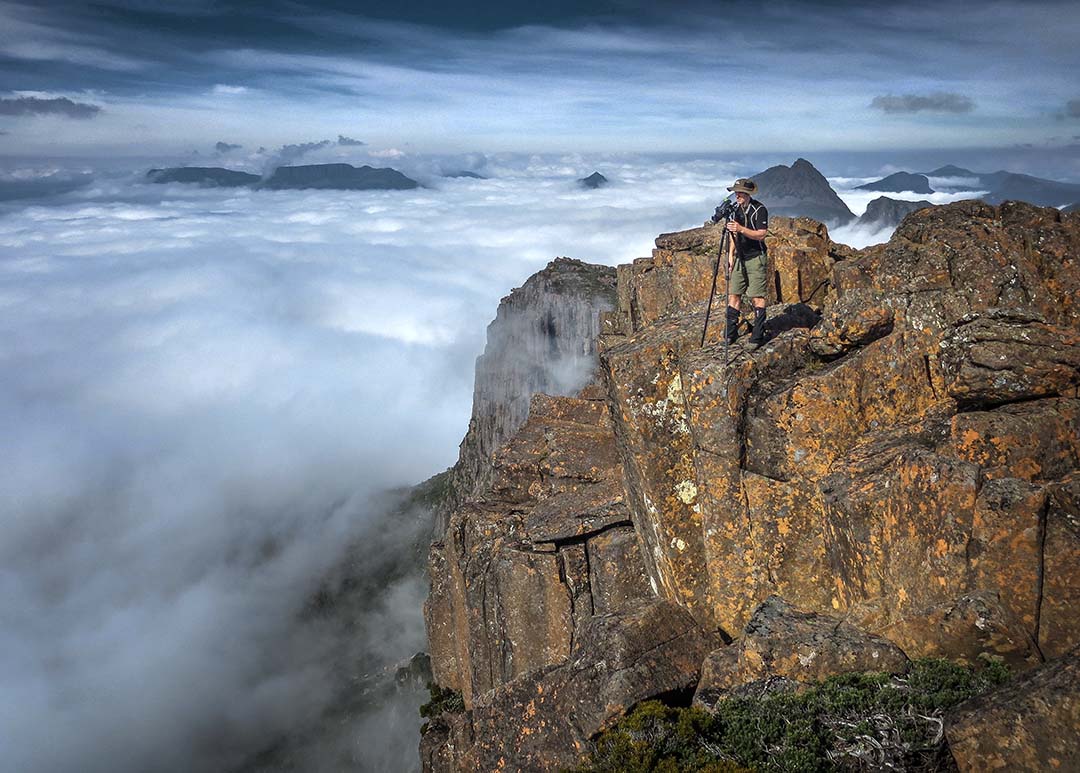
©Matthew Potter
It seems that you have so many trips and remote excursions under your belt. Can you share the most crucial lesson you have learned from traveling?
The most crucial lesson for me is having the right balance of gear versus weight. There is always a trade-off between nice to have versus essential. This applies to camera gear, food, shelter, safety gear, etc. Everything is a trade-off as it is all carried on your back. For instance a few extra batteries can cause a world of pain. Over the years, I have developed gear lists for different types of locations and seasons and I am meticulous about planning and checking.
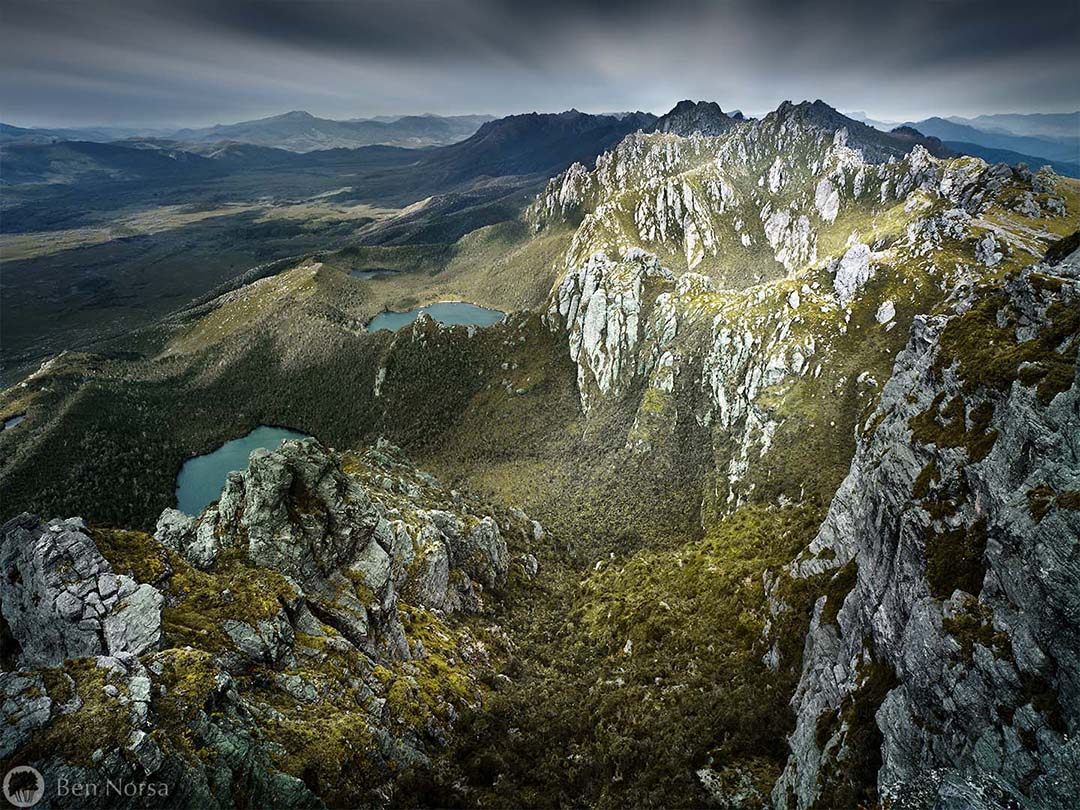
© Ben Norsa
Who were your influences: starting as a young photographer and current influences?
As a young photographer, I was hugely influenced by Peter Dombrovskis and Olegas Truchanas, who brought the Tasmanian wilderness to the world. These guys were hard core wilderness photographers carting a large format setup wherever they went. Peter’s work in particular brought the sublime beauty of the south west Tasmanian wilderness to public attention at a time it was threatened by an approved proposal to dam a large portion of it. This helped to spearhead a movement that eventually overturned this decision to save it forever.
My current influences are Peter Eastway, for his philosophy and technique, and Andreas Gursky, for his originality. Both seem to have the knack of distilling an image down to its bare essentials – something I still have a long way to attain.
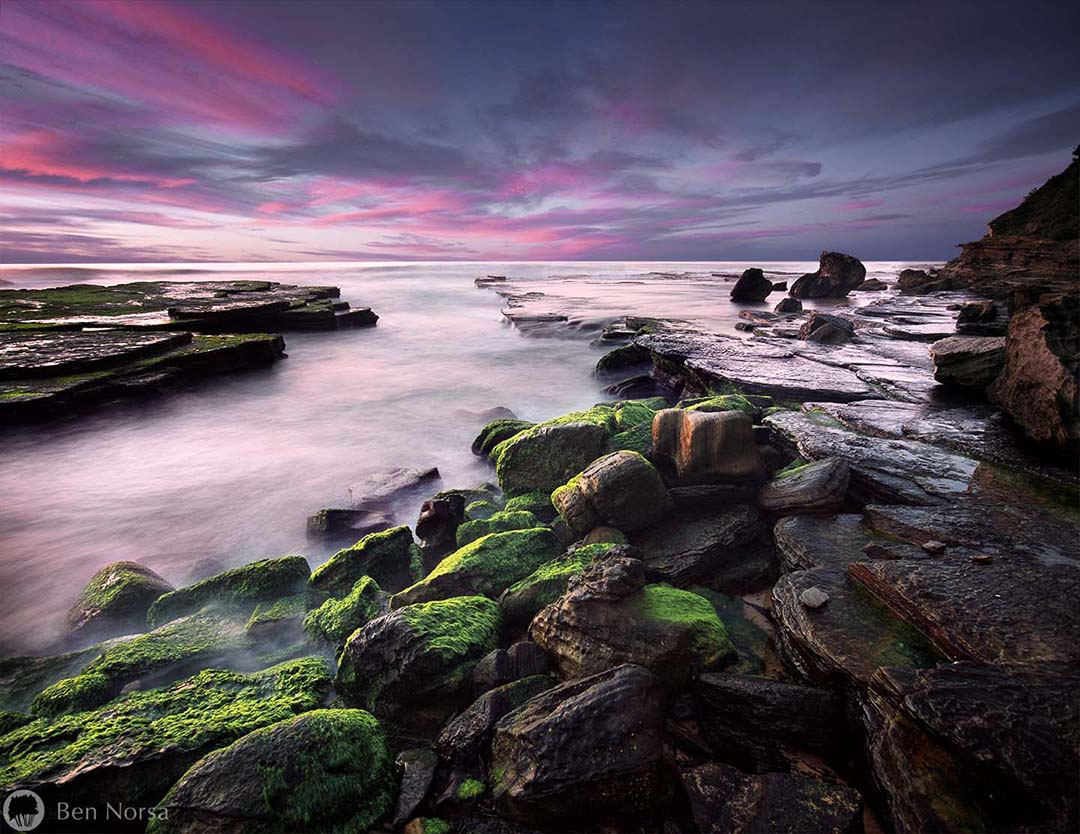
© Ben Norsa
What would you want to see next in the industry? Any big changes to your gear or photography that you want to see in the next year?
The huge leaps and bounds in 35mm digital sensors is a very interesting development. Of course there are still many reasons to choose MF over this besides megapixels, such as lens quality, shift and tilt, and 16 bit files. I’m happy with my gear. I don’t change gear very often however I am attracted to the usability, long exposure capability and ISO performance of the latest digital backs.
You can find more of Ben’s work below:
Website: bennorsaphotography.com
Facebook: Ben Norsa on Facebook
[gravityform id=”35″ title=”false” description=”false”]